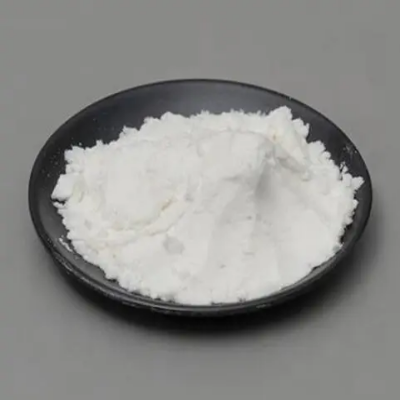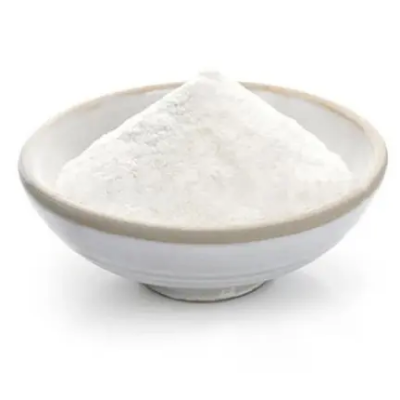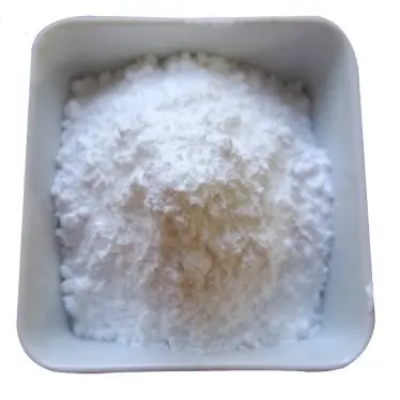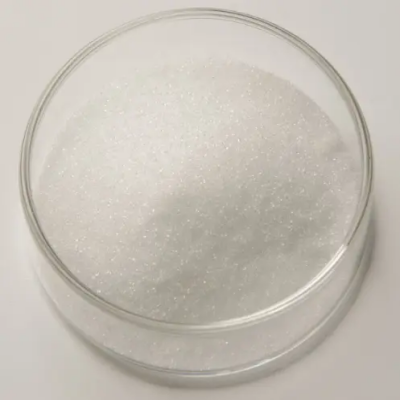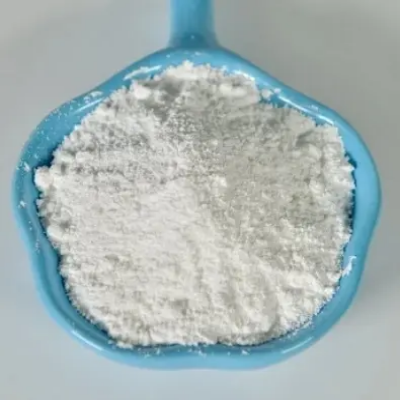2,6-Dichlorobenzaldehyde CAS:83-38-5
2,6-Dichlorobenzaldehyde is a member of the chlorinated aromatic aldehydes, and its distinct structural characteristics make it a significant compound in organic chemistry. The arrangement of the chlorine substituents on the benzene ring influences both the chemical behavior and physical properties of the molecule. The electron-withdrawing nature of the chlorine atoms not only stabilizes the resulting compounds but also alters their reactivity patterns in various synthetic reactions. One of the primary applications of 2,6-dichlorobenzaldehyde is in the pharmaceutical industry. Here, it serves as an important intermediate in synthesizing diverse bioactive molecules. The aldehyde functional group allows for nucleophilic addition reactions, enabling the creation of complex structures necessary for drug development. Such transformations are crucial for developing therapeutic agents for treating various diseases, including antifungal, antibacterial, and anti-inflammatory drugs. In addition to pharmaceuticals, 2,6-dichlorobenzaldehyde plays a vital role in agrochemical synthesis. Chlorinated compounds often exhibit enhanced biological activity, making them suitable candidates for herbicides and pesticides. By utilizing this compound in the formulation of agricultural chemicals, chemists can design effective solutions that combat pests while minimizing harm to beneficial organisms and the environment. Furthermore, the reactivity of 2,6-dichlorobenzaldehyde allows it to participate in various synthetic methodologies, such as electrophilic aromatic substitutions and condensation reactions. These processes can facilitate the introduction of additional functional groups, expanding the range of possible derivatives. This versatility is advantageous in materials science, where modified compounds may be used in coatings, adhesives, or polymers that require specific properties like water resistance or UV stability. In analytical chemistry, 2,6-dichlorobenzaldehyde is utilized as a reagent in derivatization techniques. Its reactive aldehyde functional group enables the formation of stable derivatives with various analytes, improving detection and quantification methods. Techniques such as gas chromatography and mass spectrometry benefit from these derivatization reactions, making this compound valuable in environmental monitoring and quality control assessments. The synthesis of 2,6-dichlorobenzaldehyde can typically be achieved through the chlorination of benzaldehyde or related precursors, providing accessible methods for researchers and industrial chemists. This straightforward synthetic pathway highlights its practical utility in laboratory settings. While 2,6-dichlorobenzaldehyde has numerous beneficial applications, it must be handled carefully due to potential toxicity and irritant properties. Proper safety precautions, including the use of personal protective equipment and working in well-ventilated areas, are essential to ensure safe handling. In summary, 2,6-dichlorobenzaldehyde serves as a crucial compound in organic chemistry, contributing significantly to the fields of pharmaceuticals, agrochemicals, and materials science. Its distinctive structure and reactivity offer broad applications, underscoring its importance in ongoing research and industrial innovation across multiple domains.



| Composition | C7H4Cl2O |
| Assay | 99% |
| Appearance | white powder |
| CAS No. | 83-38-5 |
| Packing | Small and bulk |
| Shelf Life | 2 years |
| Storage | Store in cool and dry area |
| Certification | ISO. |




